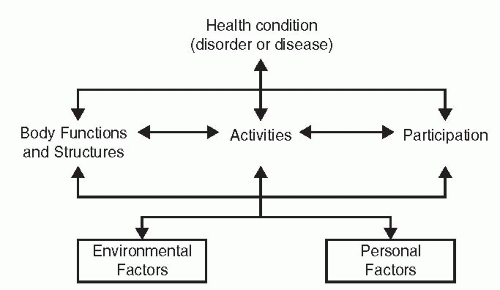point out that there are a wide array of occupations to which the dancer could still potentially apply herself.
The system is no-fault, and the employer assumes liability for all claims arising as a result of injury or illness directly attributable to the workplace. In return, the worker gives up the right to bring suit against the employer for separate damages in most circumstances except where wanton negligence applies.
Benefits are provided only for work-related conditions that are medically determined to arise directly out of and in the course of employment. Causality is established by demonstrating that a compensable condition occurred while the employee was at work and engaged in employment activity.
An employee may forfeit eligibility if he or she was intoxicated or engaged in unsafe practices at the time of injury or if he or she was incarcerated or refused to return to work after being cleared medically to do so.
The condition must persist beyond a statutory waiting period (typically 7 days).
A claim must be filed within a specified time period. In general, the employer must be notified within 30 days of illness or injury, and a claim must be filed within 1 year of illness or injury or within 2 years if death is the result.
Disability may be temporary or permanent, partial or total.
Benefits under workers’ compensation include survivor benefits in case of death, medical and rehabilitation expenses, and wage-loss benefits (generally, two thirds of wages) during the period of temporary disability. Table 10-2 summarizes coverage/benefits under workers’ compensation.
TABLE 10.1 Major U.S. Disability Systems Graphically Compared | ||||||||||||||||||||||||||||||||||||||||||||||||||||||||||||||||||||||||||||||||
|---|---|---|---|---|---|---|---|---|---|---|---|---|---|---|---|---|---|---|---|---|---|---|---|---|---|---|---|---|---|---|---|---|---|---|---|---|---|---|---|---|---|---|---|---|---|---|---|---|---|---|---|---|---|---|---|---|---|---|---|---|---|---|---|---|---|---|---|---|---|---|---|---|---|---|---|---|---|---|---|---|
| ||||||||||||||||||||||||||||||||||||||||||||||||||||||||||||||||||||||||||||||||
TABLE 10.2 Coverage Under Workers’ Compensation | ||||||||||||||||
|---|---|---|---|---|---|---|---|---|---|---|---|---|---|---|---|---|
| ||||||||||||||||
Social Security Disability Insurance (SSDI) was established in 1956 to assist workers more than 50 years of age who became totally and permanently disabled. It is funded according to the Federal Insurance Contribution Act (FICA) payroll tax, combining deductions for old age and social disability insurance (OASDI). In general, workers are eligible if they are less than 65 years of age and if they have worked in a job covered by SSDI for at least 5 of the 10 years immediately preceding onset of disability. A requisite criterion of disability determination is proof that the individual is unable to engage in any SGA by reason of any medically determinable physical or mental impairment that can be expected to result in death or that has lasted or can be expected to last for a continuous period of at least 12 months (8). Beneficiaries of SSDI can exit the system by death, by reaching age 65, by undergoing continuing disability review (CDR) in which significant medical improvement is determined such that the individual is no longer eligible for disability, or by returning to work. Less than 5% of beneficiaries “fail” CDR and/or eventually return to work (8).
Supplemental Security Income (SSI) was established in 1972 to provide support for indigent people who were blind, disabled, and less than 65 years of age. SSI operates as a federal-state partnership funded by general revenue (i.e., federal and state income tax). Individuals are eligible even if they have never worked, if they can be shown to have low income/ assets (through “means testing”), and if their medical condition is severely incapacitating such that they cannot engage in SGA, according to the same criteria as SSDI (8).
no longer able to perform surgery, even if other physician responsibilities could be completed. Any occupation coverage means, within limits, the employee would be reimbursed only if he or she could no longer perform meaningful work in any related occupation. Again, the criteria vary according to the insurer. Less expensive group long-term disability plans tend to have own occupation coverage for approximately 2 years, and then the worker must be disabled from any occupation to receive further benefits. More expensive individual long-term disability plans tend to have more restrictive own occupation provisions.
Stay updated, free articles. Join our Telegram channel

Full access? Get Clinical Tree









